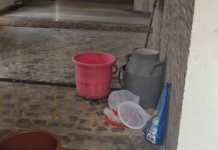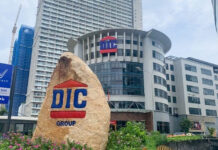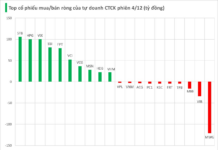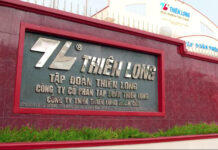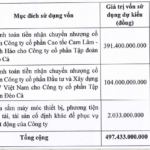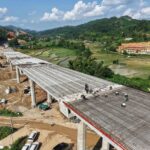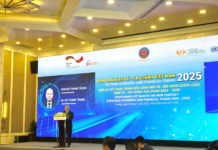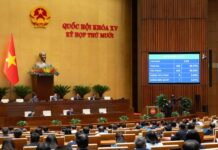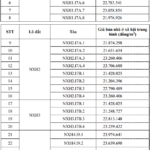According to Deo Ca Group, on the morning of October 16th in Dak Lak, the left western branch of the 1,705-meter-long Phuong Hoang Tunnel, part of the XL01 contract package for the Khanh Hoa – Buon Ma Thuot Expressway Phase 1, was officially pierced through. This marks a significant milestone as one of the longest and most complex tunnels in the entire project.
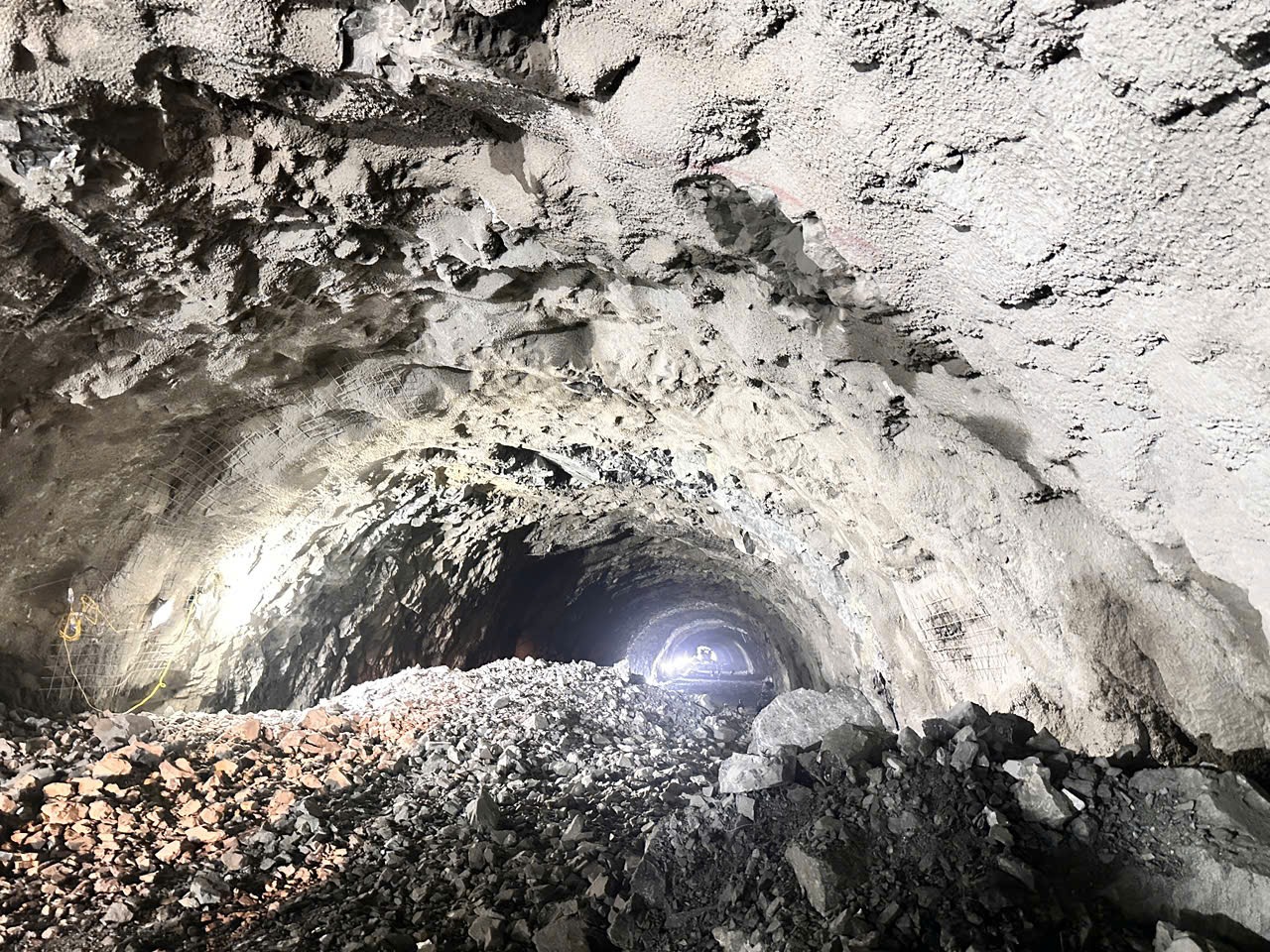
The left western branch of the 1,705-meter-long Phuong Hoang Tunnel, executed by the XL01 contract consortium, has been successfully pierced through. (Photo: Deo Ca Group)
Mr. Ngo Huu Khoa, Director of the XL01 Contract Management Board, stated that by mid-October, the construction of the Phuong Hoang Tunnel, a key component of the project, had entered its final stretch. The left tunnel branch was pierced through this morning, while the right branch has reached 1,391 meters out of 1,700 meters, equivalent to 82% completion. The goal is to finish the remaining section by November 2025.
Today’s breakthrough of the left tunnel branch is a critical turning point, significantly easing the transportation of fuel, materials, equipment, and manpower, thereby accelerating the overall project timeline.
To ensure progress, the consortium led by Deo Ca Group has mobilized 575 engineers, workers, and nearly 180 specialized machines, deploying 21 construction fronts for tunnels, bridges, and roads. To date, the XL01 contract package has achieved over 40% of its contract value, with the Phuong Hoang Tunnel accounting for the largest share at more than 90% completion. Bridge, culvert, and road works are progressing concurrently to ensure seamless connectivity once tunnel excavation is complete.
The construction site continues to face numerous challenges. The tunnel’s complex geology, characterized by weathered rock mixed with weak clay, high water permeability, and landslide risks, poses significant difficulties. The rugged mountainous terrain, prolonged heavy rains, and shortages of materials and electricity further complicate construction efforts.
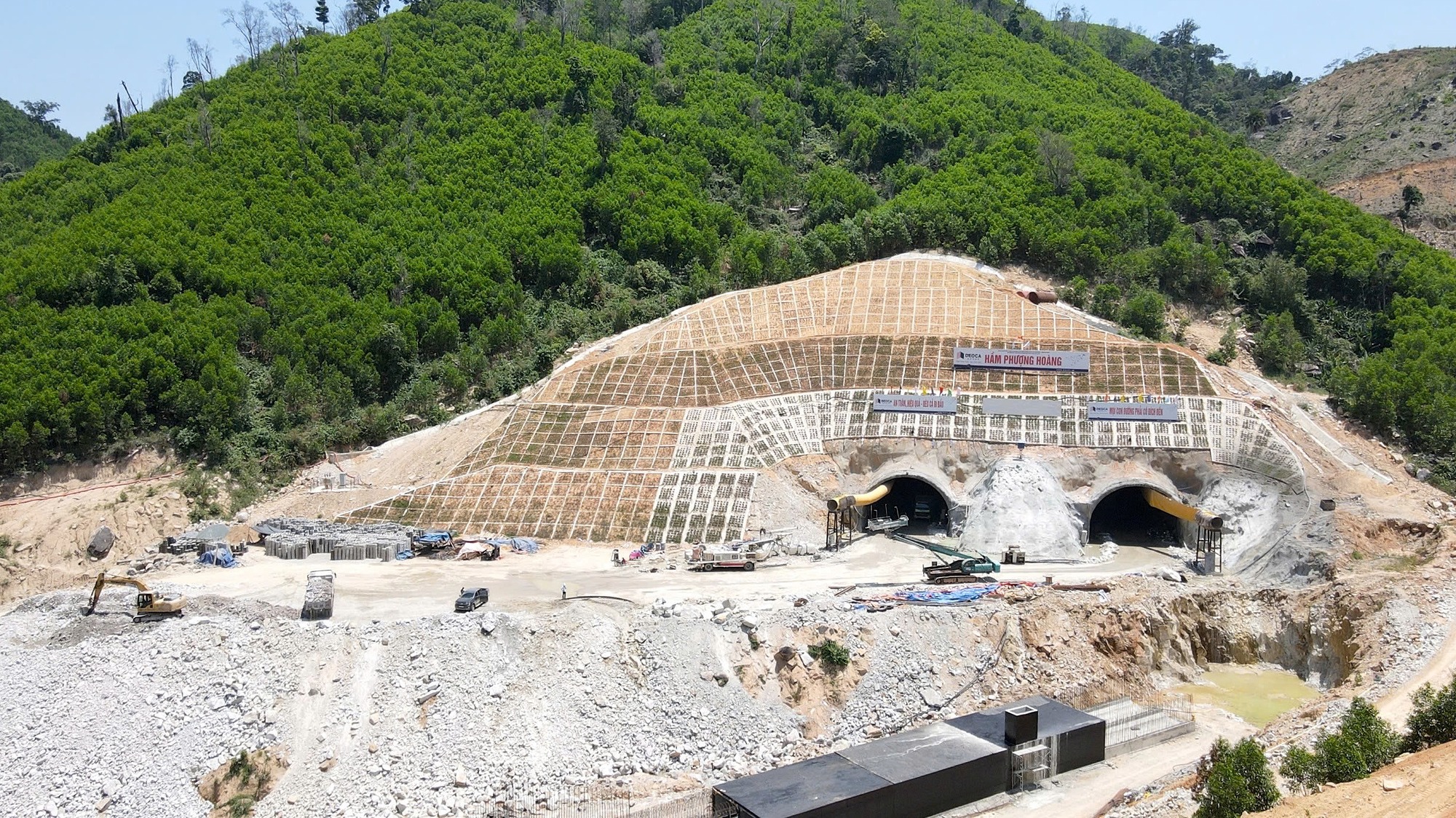
The Phuong Hoang Tunnel, the longest and geologically most complex tunnel on the Khanh Hoa – Buon Ma Thuot Expressway, is being constructed by the Deo Ca Group consortium. (Photo: Deo Ca Group)
In response to these challenges, the management board has proactively implemented advanced technical solutions, including enhanced grouting, additional anchors, steel mesh, and preliminary concrete spraying, coupled with a real-time deformation monitoring system. The workforce is flexibly allocated across construction fronts, maintaining a three-shift schedule to ensure both progress and absolute safety.
Mr. Ngo Huu Khoa emphasized that today’s achievement is the result of unwavering determination and seamless collaboration among contractors, consultants, engineers, and workers. The consortium will maintain its construction momentum, focusing resources on piercing through the right tunnel branch by November 2025, with plans to complete the structure, technical systems, and road surface by 2026.
The Khanh Hoa – Buon Ma Thuot Expressway Phase 1, Component 2, is a strategic transportation link connecting the South Central Coast with the Central Highlands, playing a vital role in fostering regional socio-economic development.
The XL01 contract package, executed by the Deo Ca Group-led consortium, spans 11 kilometers, including the 1.7-kilometer Phuong Hoang Tunnel—a critical project component—along with 10 bridges and 5.6 kilometers of road. The total contract value amounts to 3.083 trillion VND.
“After Mastering ‘Water Management’ in China, Vietnam’s Tunnel King Heads to South Korea to Study the Han River Project, Preparing for the $13 Billion Red River Initiative”
The Deo Ca Group is diligently studying advanced practices from leading nations and actively seeking partnerships with top-tier corporations, fully prepared to undertake the transformative “super project” of the Hong River Avenue and Landscape.
“Year-End Public Investment Wave: What’s the True Outlook for Deo Ca Infrastructure (HHV)?”
The surge in public investment disbursement is fueling a powerful momentum across the infrastructure construction sector.




